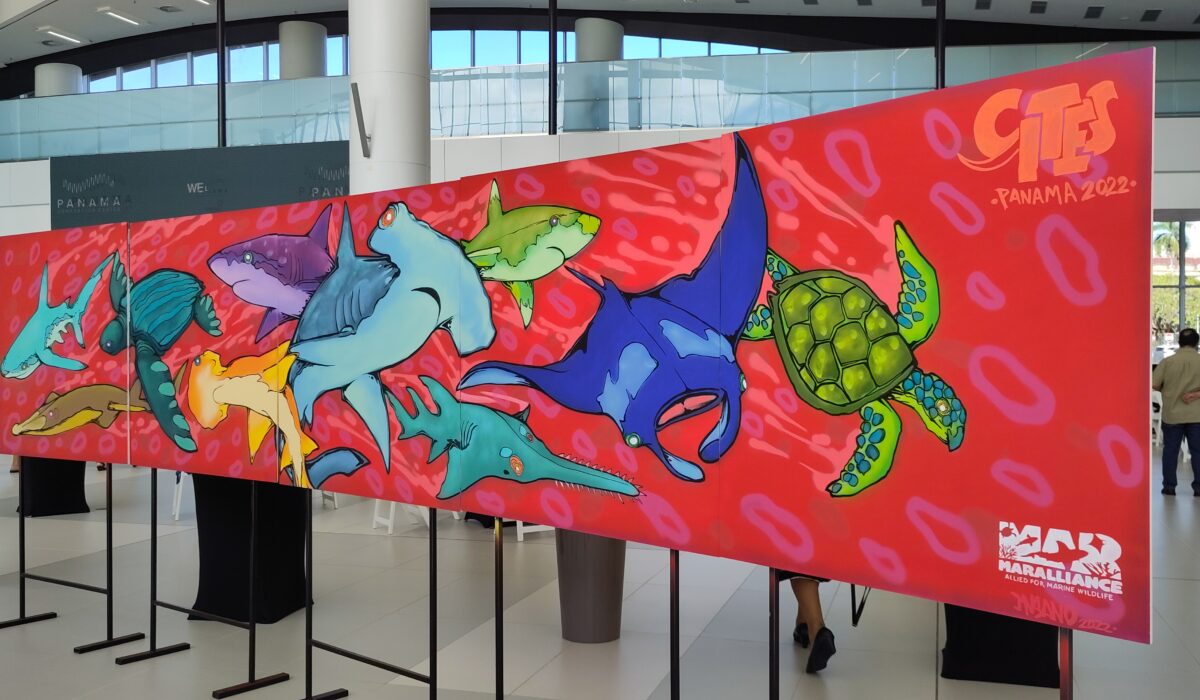The Convention on International Trade in Endangered Species (CITES) has been a common thread underpinning my research interests ever since my undergraduate days, over a decade ago now, when I was studying Environmental Science and writing about the illegal trade in tiger parts. Questions about the legality of wildlife trade led me to the Durrell Institute of Conservation and Ecology (DICE) at the University of Kent where I was able to continue following this focus, this time looking at the farming of lions in South Africa following the discussions around a captive-bred export quota in 2017. The roundabout way that wildlife can be legally traded in certain situations, but defined as illegal in others, led me for the first time to Green Criminology, the basis of my PhD. This time, I looked offshore to tuna, conch, and whales, where the line between marine wildlife and fisheries becomes much murkier, and the role of CITES for managing and intervening in matters of over-exploitative trade become less well defined. Now, with the Beastly Business project, it is the humble European eel that has eventually brought me to attend CITES CoP-19, to see first-hand how decisions for wildlife are made.
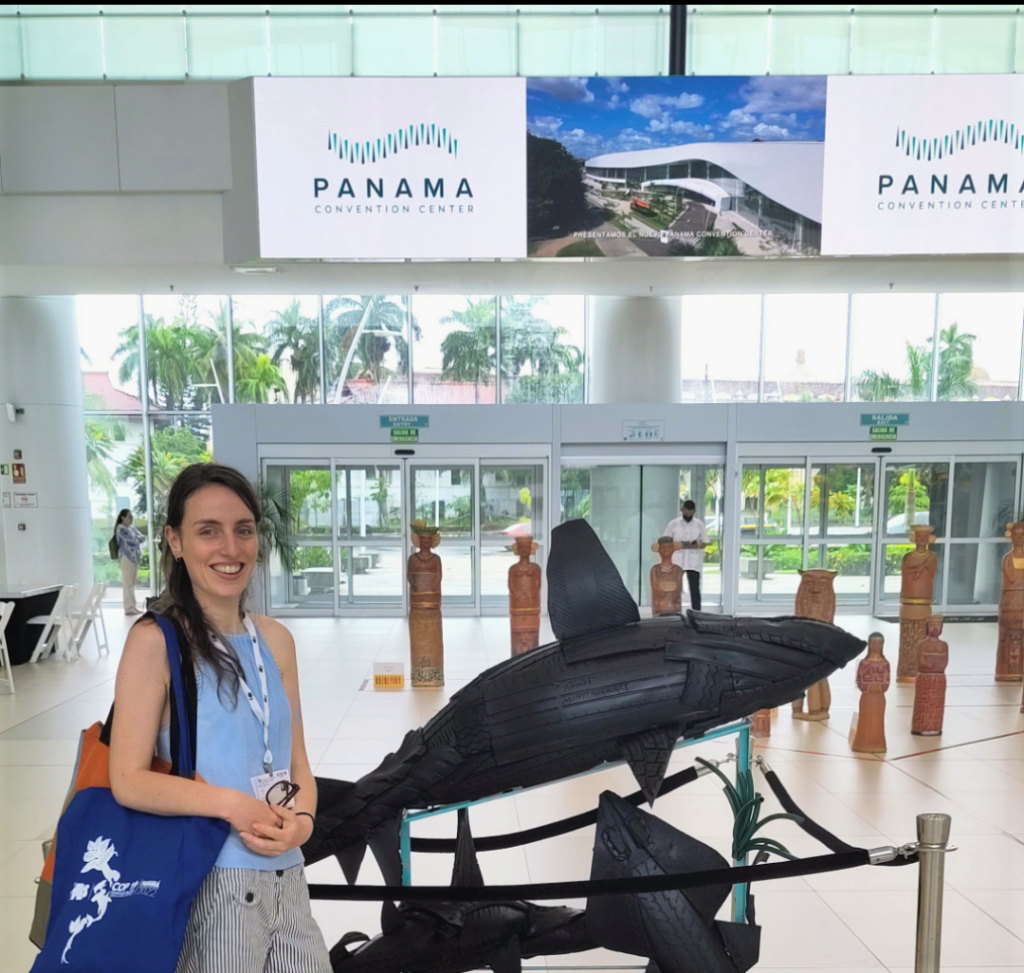
During the two balmy weeks of extremely air-conditioned committee rooms, smart suits, painful shoes, and many working group lunch break disappointments (please CITES, give people time to eat!) I was grateful to reunite with old friends and colleagues from DICE, to meet with people who had guided me through my PhD, and academics who had previously just been a name from an inspiring paper. The CoP itself was eye-opening: many (less controversial) proposals were agreed by consensus with little or no debate, while ‘high-profile’ proposals (e.g., the listing of requiem and hammerhead sharks, and proposed amendments to allow trade in rhinos) gathered large crowds and a frenzy of government and NGO voices pleading their cases. Side events and common areas provided opportunities for NGOs to rub shoulders with government representatives, and to further appeal for interventions and support on the Committee room floor. While committee procedures were highly formalised, debates often went round in circles, and numerous evening sessions were added to get through the whole programme within the allotted two weeks.
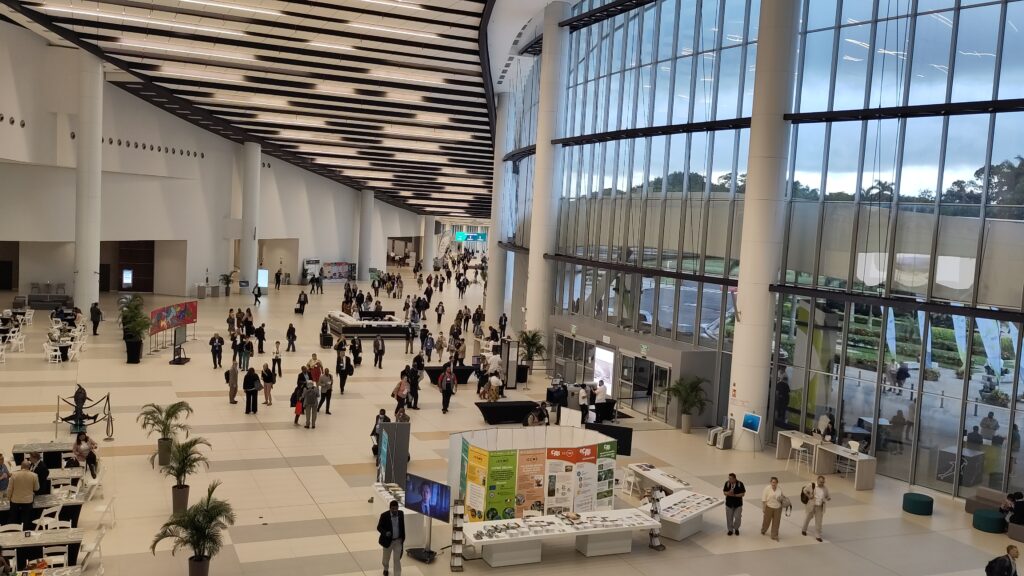
The European eel made an early appearance on the first day of Committee 1 meetings. The subject of debate was not a listing proposal – the eel has been on Appendix II of CITES since 2007 – but rather revolved around sharing non-detriment findings (NDFs) and coordinating management to improve traceability and enforcement measures. NDFs should be produced by the CITES Scientific Authority of each member country and are used to confirm that any export of CITES Appendix II listed species is not detrimental to the species’ survival. For the critically endangered European eel, whose populations are decreasing, these NDFs are crucial to ensure trade does not impact the range of the species or cause populations to decline.
Compared to the many hours that were devoted to discussing responses to the illegal killing and trade of elephants, rhinos, and big cats, management decisions for European eels were discussed for a sharp twenty minutes. But this limited focus does not mean to say that considerable effort hasn’t been made within CITES to improve management for the species. In February 2021, the CITES Secretariat invited European eel range countries to share information on NDFs, as well as stock assessment and harvesting data, and to provide details on any measures taken to restrict the trade in live glass eels (see Notification 2021/018). Countries were also encouraged to develop eel management plans and implement measures to improve traceability in trade.
Twenty-seven parties responded to the call for information, and details can be found in SC74 Doc. 64.1. As a quick overview, the report highlights that the UK is the only range country to have produced a NDF (an independent review of this can be found here). This NDF was necessary for any UK trade to continue following Brexit and the UK leaving the EU single market. However, this NDF has not been accepted by the EU, so trade to these countries is also prohibited. Members of the EU have not worked towards producing individual NDFs, as a zero-export quota is currently in place for the species. Management plans, stock assessments, and traceability mechanisms are in various stages of development, with six countries still developing management plans, seven countries yet to produce stock assessments, and six countries without full traceability measures in place.
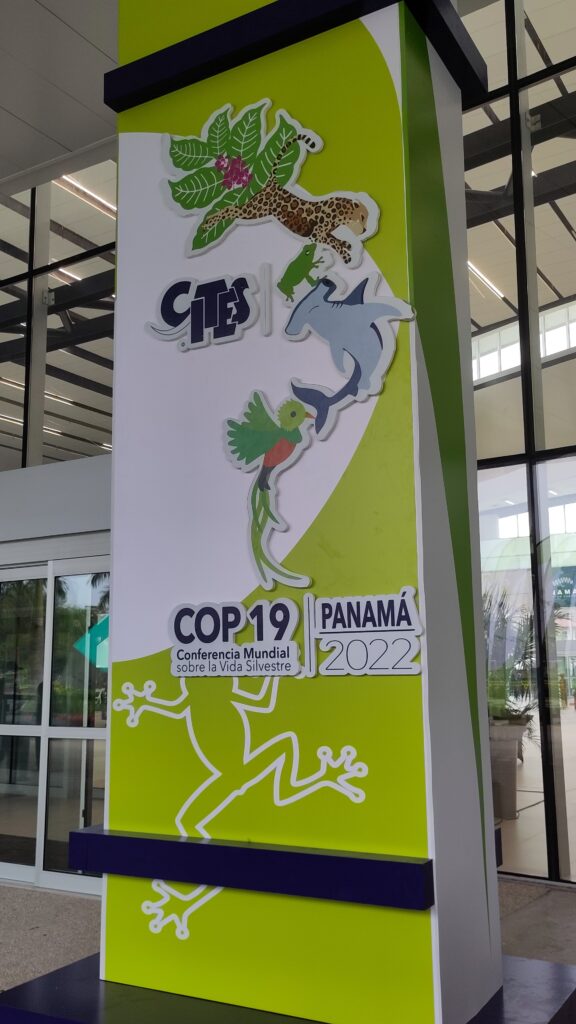
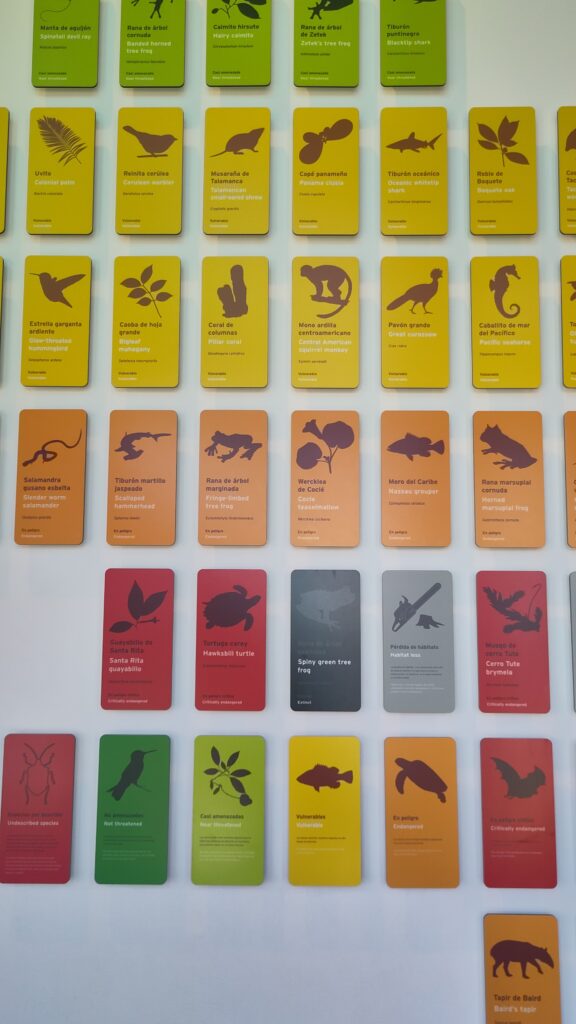
The CITES Secretariat has also gathered information from illegal trade reports which show that, although the number of seizures has declined over time, the scale of seizures has increased. For example, in 2020 approximately 101,355 kilograms of European eels were seized, but this is known to be an underestimate due to inconsistent reporting. Further evidence of the precarious situation facing European eels is detailed in multiple EUROPOL investigations into the smuggling of glass eels (Operation Lake and Operation Fame), which reveal that criminal networks are active in France, Portugal, Spain, and the UK. Additionally, the 2020 World Wildlife Crime Report contains a case study on the trade in glass eels and highlights how illegal trade may be laundered through legal markets, whilst legal fishers may be (un)knowingly supplying the illegal export market.
With all this information at hand, discussions at CoP19 were set to reinforce commitments by parties to supply any outstanding or updated information on NDFs, with an emphasis toward making NDFs appropriate for all life stages of the European eel (e.g., fingerlings and live eels), as well as any information on management plans, stock assessments, and reintroduction protocols. The UK and the US provided input on the working document, with the UK suggesting numerous textual changes and amendments to the working document. To widen the pool of available information, and to assist coordination between countries, ‘transit’ and ‘importing’ parties were added to the call to supply further information on management and implementation measures (previously only range countries were invited to submit this information). Member states were also tasked with improving traceability within aquaculture and to include details of life-stage in trade reports. Considering the lengthy back and forth of information gathering and report writing, the UK also suggested that a specific Resolution be made for European eels, to guide parties toward a more coordinated and effective system of implementation and management.

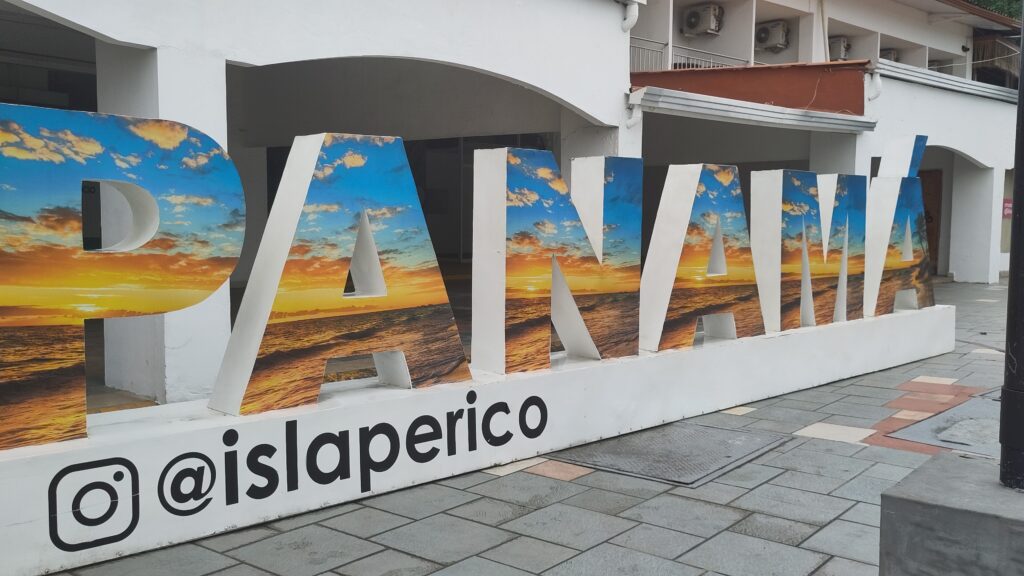
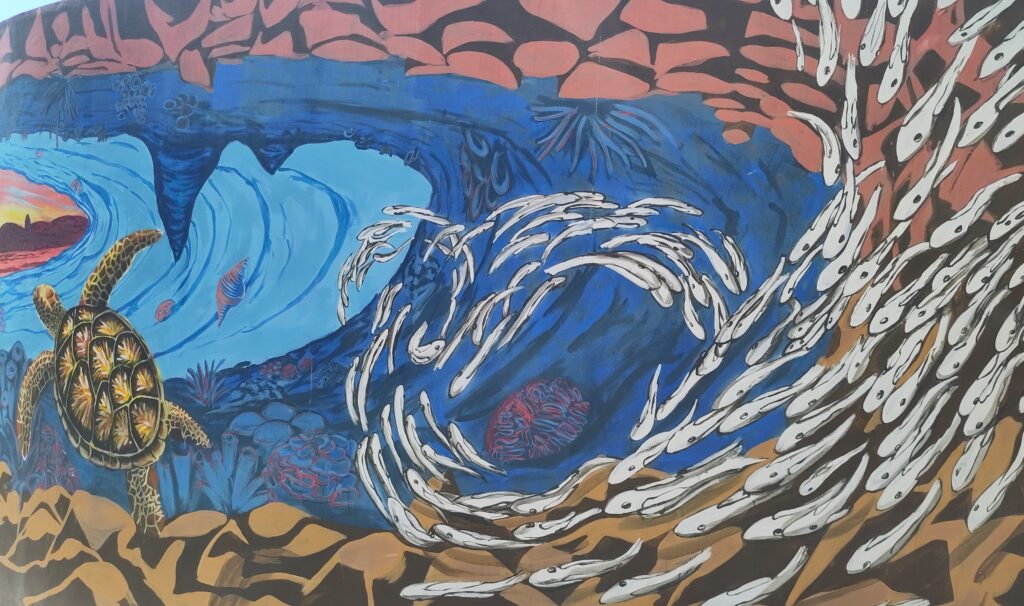
Following these suggestions, and with general agreement from the US and EU, the floor was opened to observers for comment. The IUCN (who also spoke on behalf of Traffic, WWF, and ZSL) reiterated the need for states to submit information and reports on trade, as well as supporting the proposal to draft a Resolution. Whilst the discussions for European eels weren’t as lively as other debates (and the Committee Hall certainly wasn’t as packed compared to other sessions), the IUCN used this time to highlight the need for heightened concern. They reminded parties of the ICES recommendations to completely halt any catch of the European eel (including commercial, recreational, restocking, and aquaculture activities), as well as all other anthropogenic mortalities (e.g., from hydropower and water installations, habitat loss, pollution, disease etc.). While much of the focus within management interventions has been on eliminating illegal trade, improving traceability within legal trade systems, and co-ordinating trade efforts, this was a stark reminder that any exploitation and trade (whether legal or illegal) is not advised by the ICES for the conservation of the species.
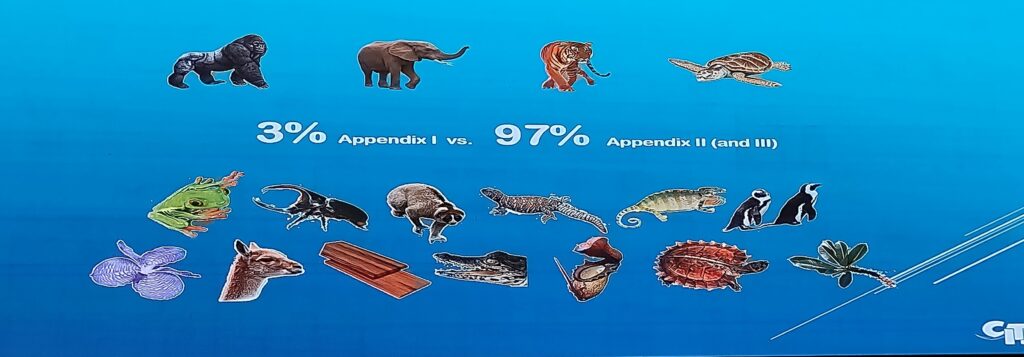
So, what does this mean for the European eel? While CITES and governments are concerned with increasing control and management efforts, it is yet to be seen whether this procedural approach (concerned with preserving trade interests) will be enough to protect this highly vulnerable and exploited species. Be sure to follow updates from Beastly Business as we continue our investigation into the trade and conservation dynamics for the European eel!
